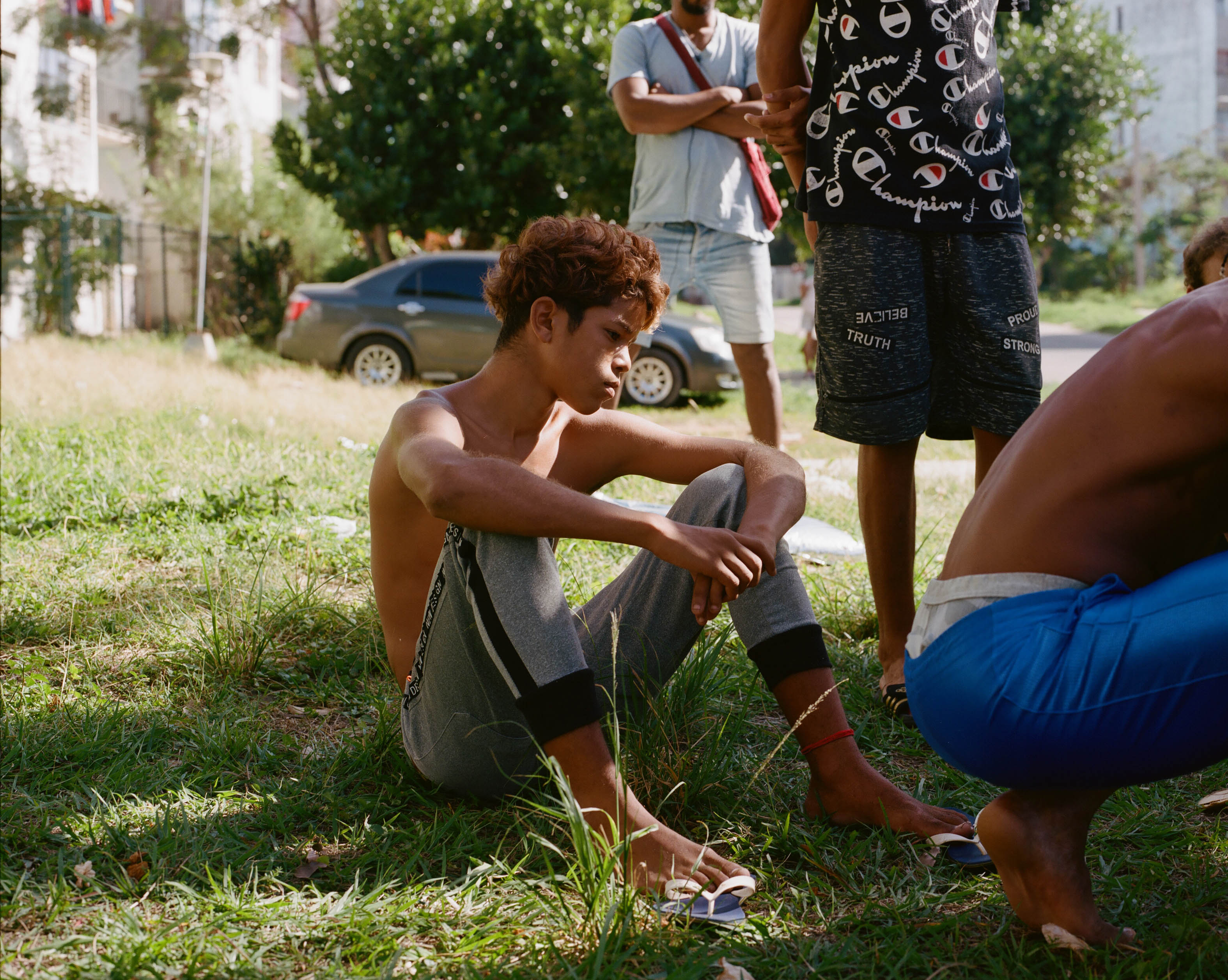
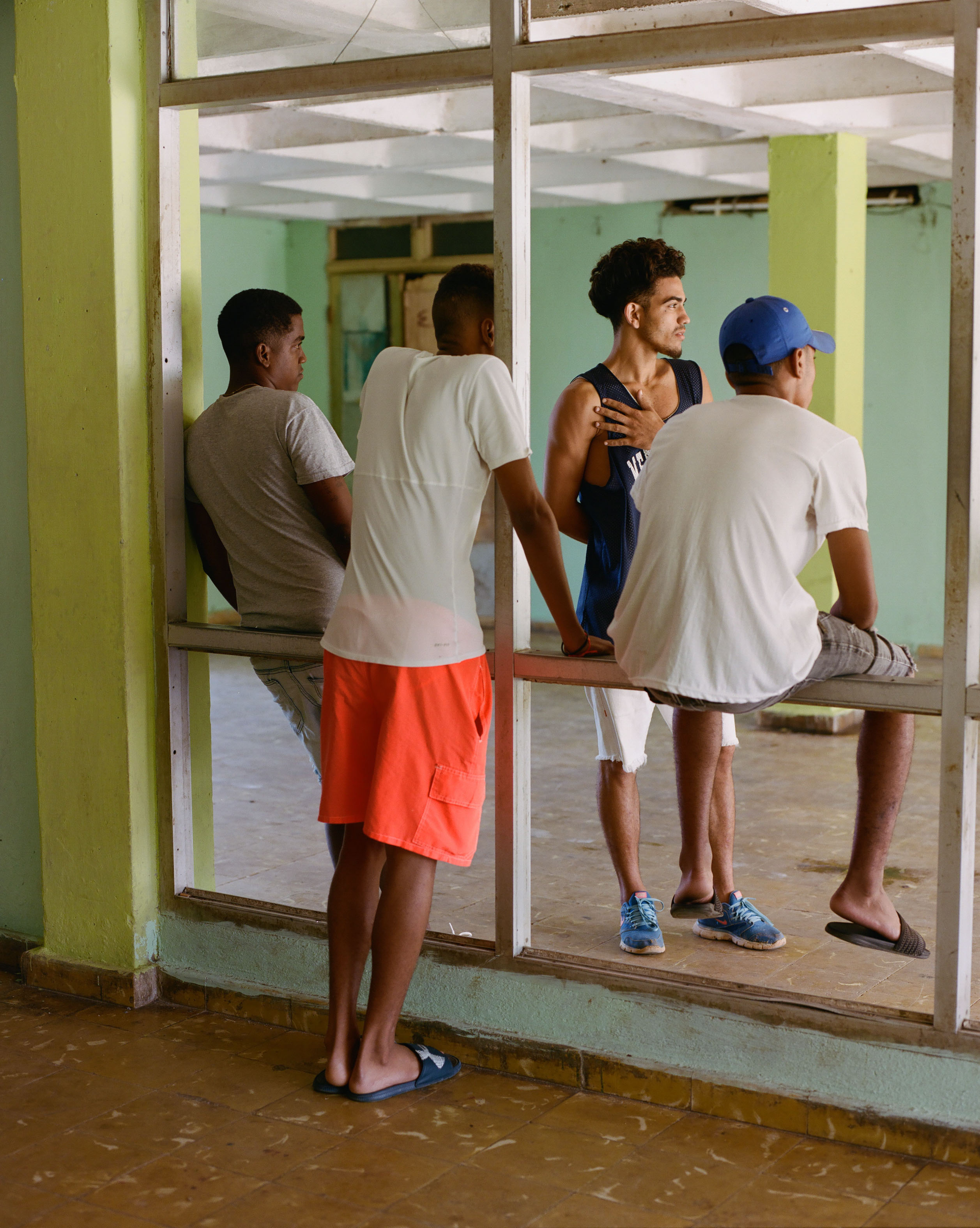


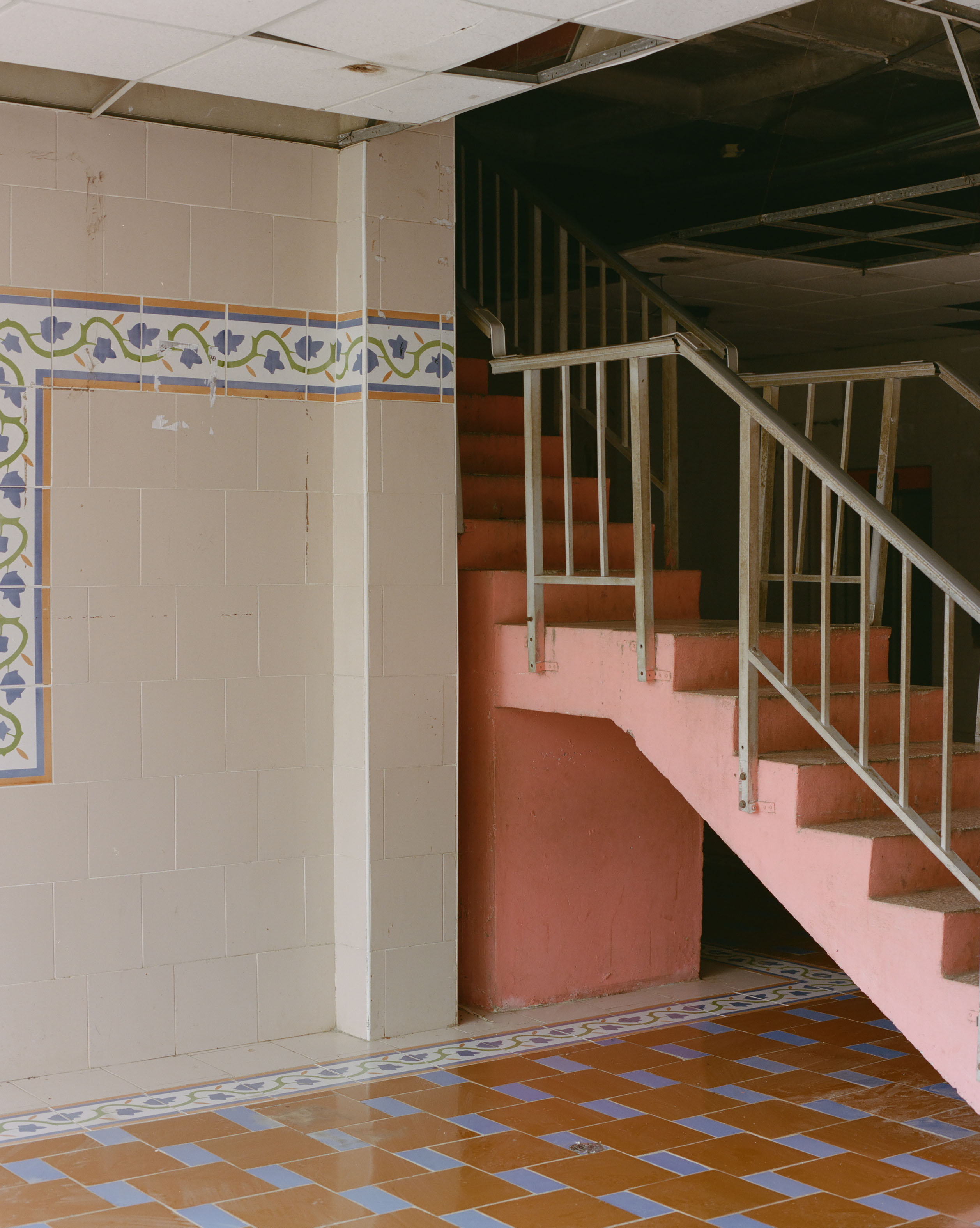
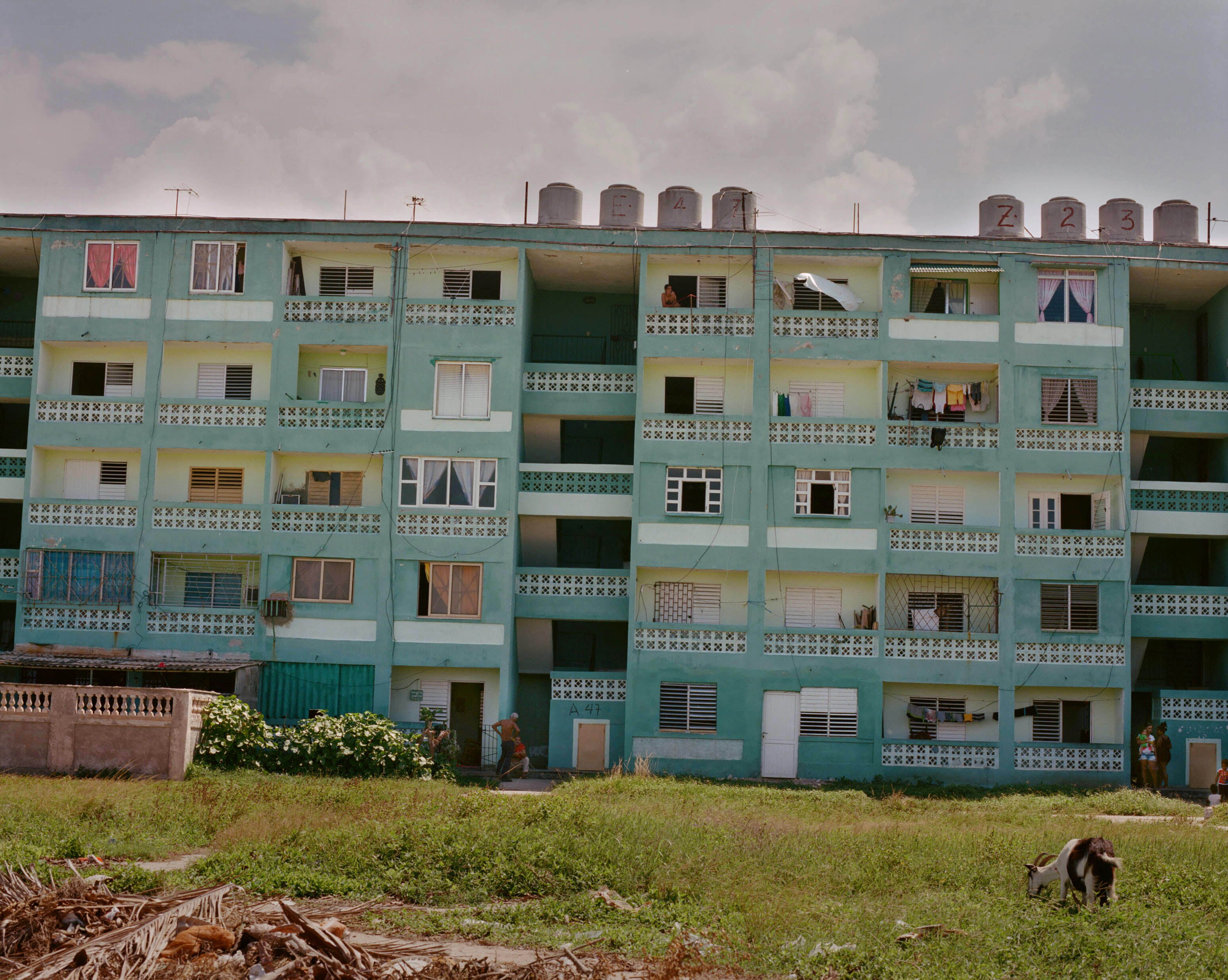

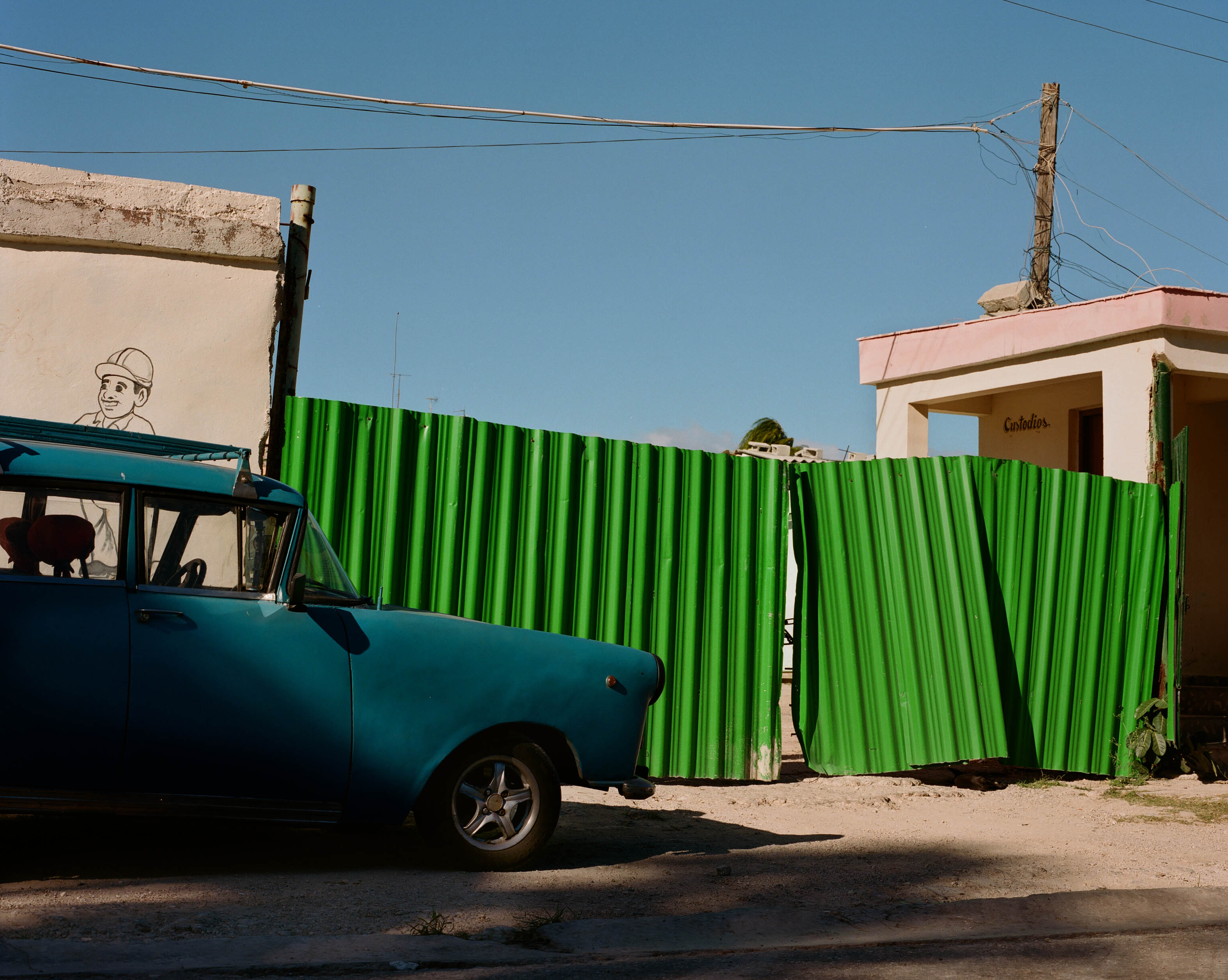
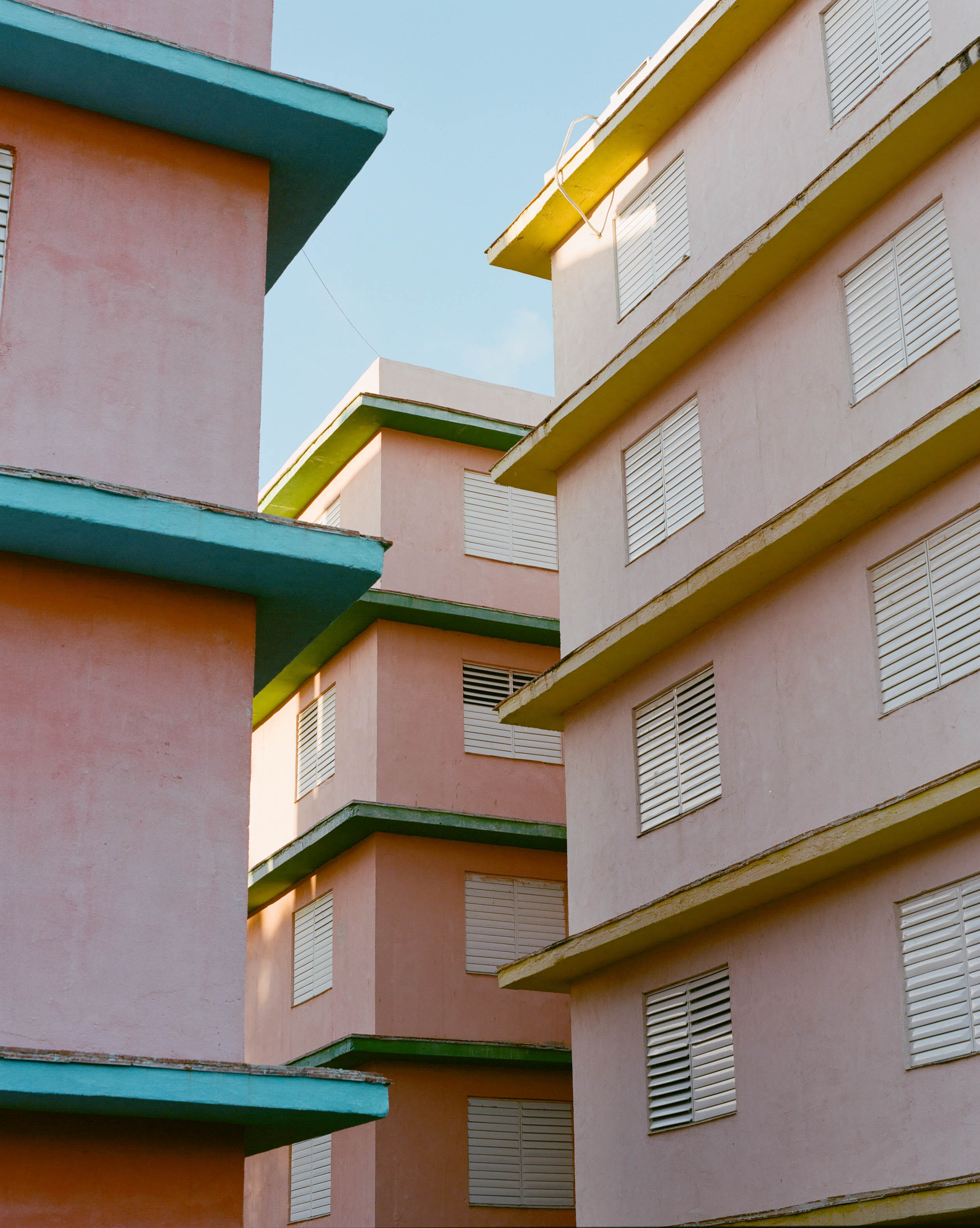











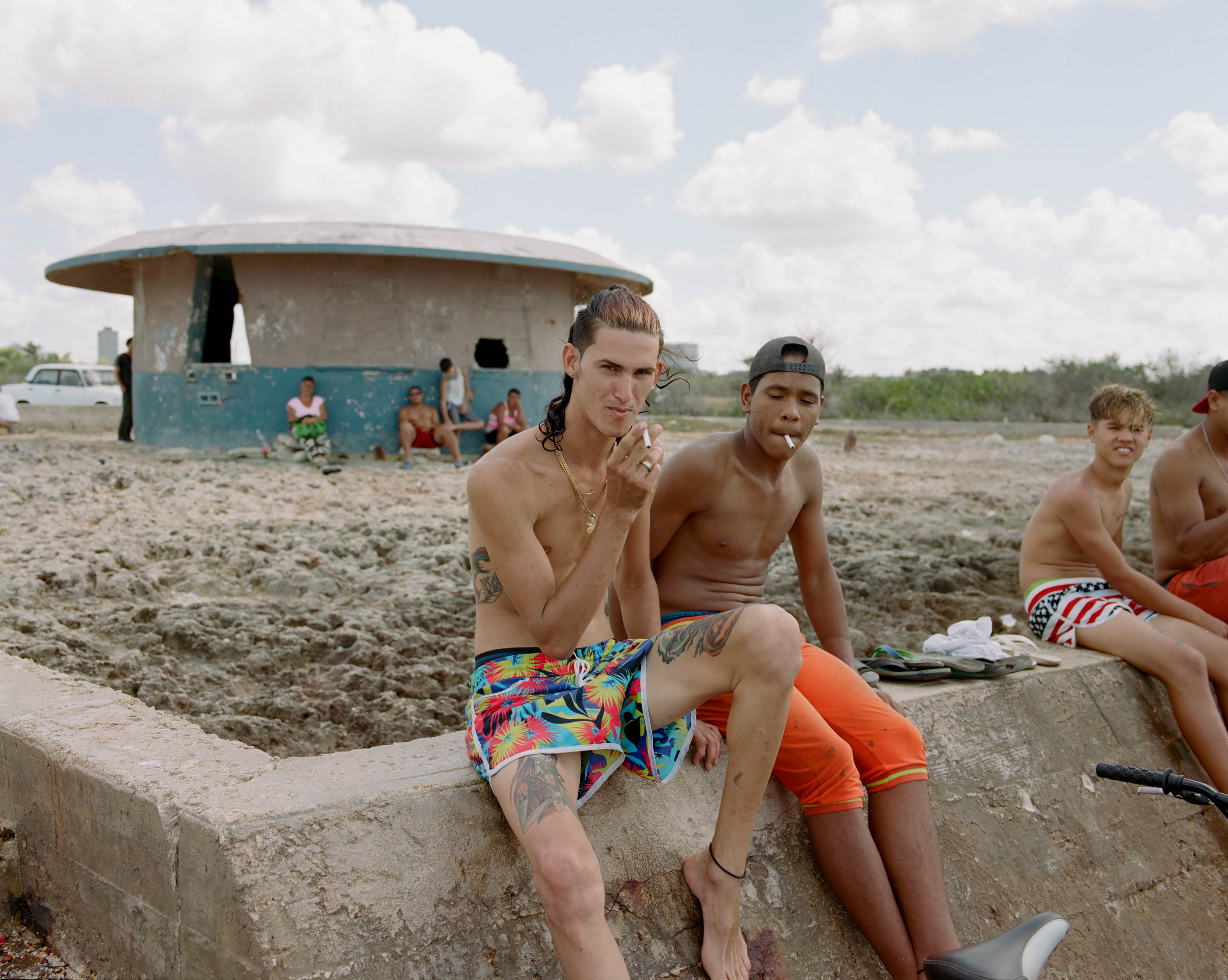

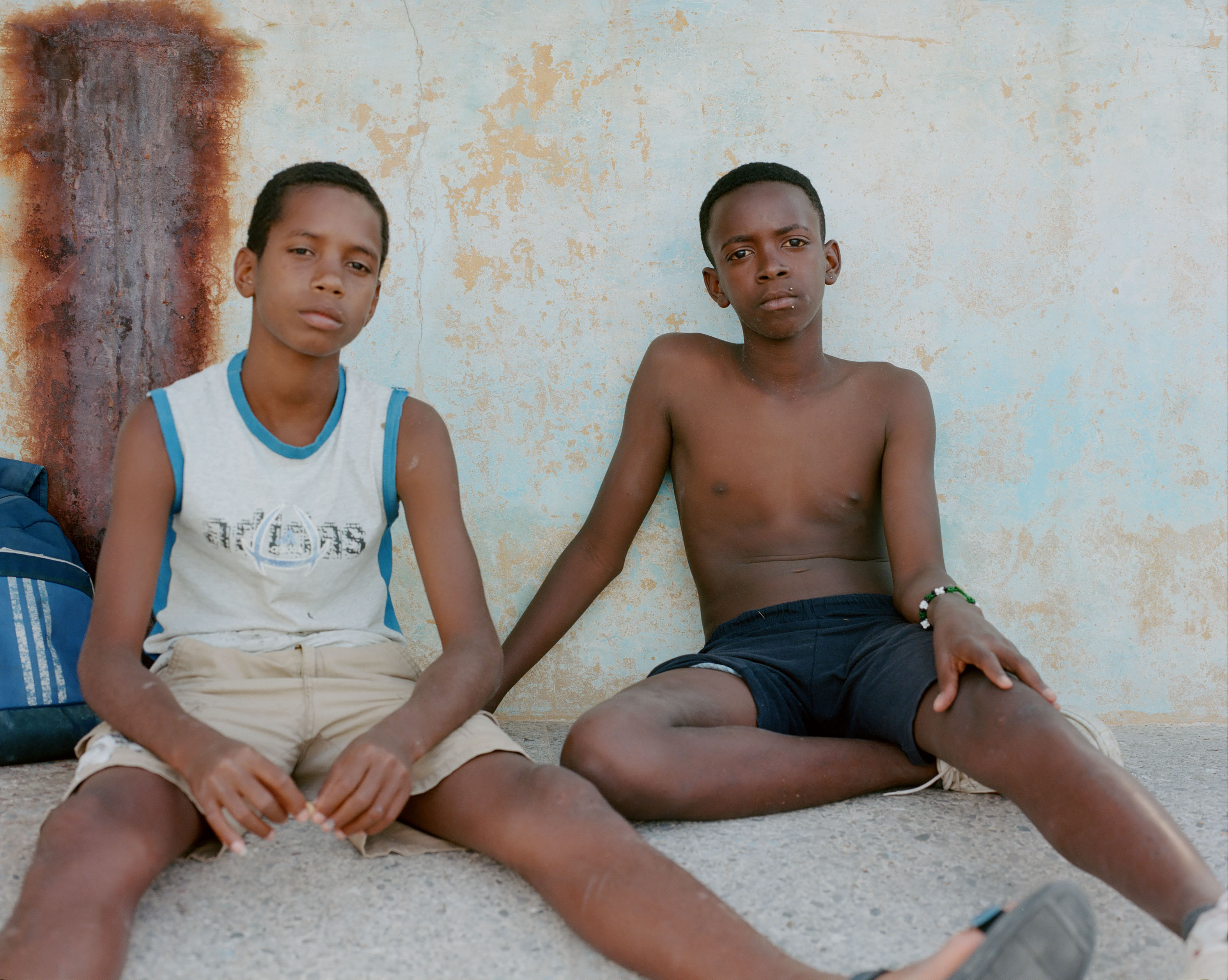


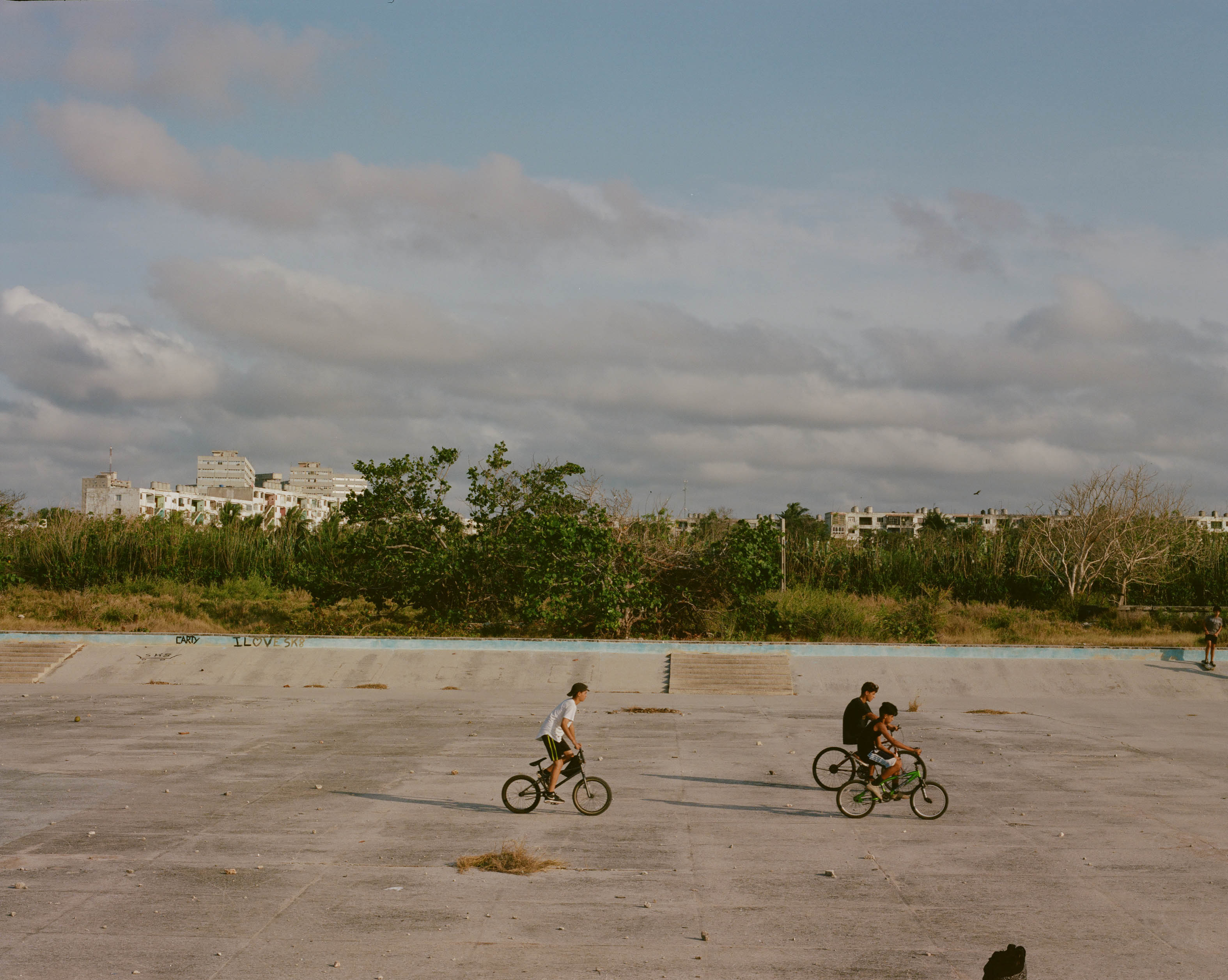
Alamar, 15km east of Havana on the Caribbean Coast, is one of the largest social housing projects in the world. The city, with a population of 130,000 people, was built by ‘microbrigades’ of 32 residents and was Castro’s solution to the chronic housing crisis in the 60s and 70s. Each microbrigade, usually split evenly between women and men, was assisted by a Soviet engineer, on-site to help with the construction process of apartment designs borrowed from Yugoslavia, Poland and Russia. To this day it is unusual to find a resident who did not either build his or her own apartment, or has a direct link to someone that did.
I wanted to travel to Alamar at the start of the post-Castro era to photograph a place considered a socialist ideal, yet weathered by years of hurricanes and financial neglect.
As Cuba cautiously begins to roll out access to the internet, and therefore the world beyond carefully controlled state media, I wanted to see how Cubans were living, but away from the visual cliches of Havana. I found Alamar’s younger generation open to being photographed, and their portraits sincere, without the understandable hesitation seen in the older generation, due partly I’m sure to my white skin and relative privilege, but also the tensions in Cuba between the revolutionary ideals that many still hold dear and capitalist values that I inevitably represented.